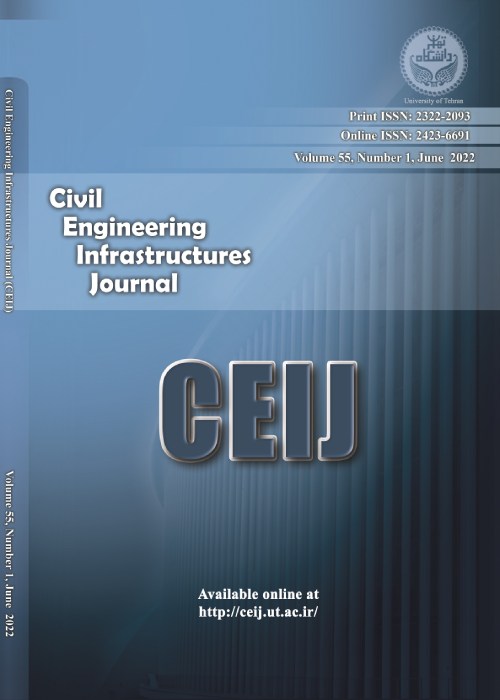Using Fuzzy Logic in GIS Environment for Site Selection of Gas Power Plant
Abstract:
The location of a power plant affects both the expenses and the efficiency of the energy generation and transmission. A GIS can be used to integrate the data related to the predefined criteria in order to select the optimum locations. The goal of this study is to use the spatial analysis capabilities of GIS along with fuzzy logic theory to the site selection of gas power plants. First, the effecting spatial factors are identified and their relative importance in the site selection of the power plants is defined. Regarding both fuzzy and Boolean models, proper factor maps were generated for the study area, which is located in Fars province, Iran. These two models were used in two different stages of the study. First, the locations with strict limitations for the establishment of the plants were identified and removed using Boolean logic and binary factor maps. Then, for all the remaining permitted areas, the general suitability was calculated using fuzzy logic operators. In the fuzzy model, taking into account the type of interactions between different factors and the types of available data, two different membership functions were considered. These are the multiple linear and the step-wise constant functions. Various inference networks were designed, on the basis of different view-points regarding the combination of factors. Considering these view-points and using fuzzy operators, the data were integrated and the suitable locations were selected and ranked accordingly. Finally, the locations extracted from two inference networks were compared. These two location sets covered 0.18 and 0.35 percent of the study area. Most of the selected areas in both cases were in the highly populated township of Fasa. This can be mainly attributed to high energy demand and consumption of this township and the high weight given to this factor in the modeling. Although, the selected areas in the second case were twice of the first one, yet, some of the areas selected in the first case are not included in the second. Study of the factors in these locations shows that the water discharges in the rocks are very low. In view of the high weight given to the river, and the usage of OR operator between the three water resource factors in the first inference network, the effect of the rivers strongly surpassed the effects of the other water resources. Consequently, these areas were accepted similarly to the areas where both the river accessibility and the water discharge are simultaneously high. These areas were simply not selected according to the second inference network. In this research, it was shown that for any considered arrangement of factors, proper inference networks can be designed that realistically represent the considered combination. Here, two different networks were proposed, studied and compared. Considering different assumptions, the factor maps related to water resources were integrated using fuzzy operators of SUM, OR and GAMMA. The results completely coincided with the concepts and viewpoints used in the design of the inference networks. This proves the high flexibility of fuzzy logic in representing and modeling complex inter-relations between spatial factors in site selection studies.
Language:
Persian
Published:
Civil Engineering Infrastructures Journal, Volume:44 Issue: 4, 2011
Page:
583
magiran.com/p823530
دانلود و مطالعه متن این مقاله با یکی از روشهای زیر امکان پذیر است:
اشتراک شخصی
با عضویت و پرداخت آنلاین حق اشتراک یکساله به مبلغ 1,390,000ريال میتوانید 70 عنوان مطلب دانلود کنید!
اشتراک سازمانی
به کتابخانه دانشگاه یا محل کار خود پیشنهاد کنید تا اشتراک سازمانی این پایگاه را برای دسترسی نامحدود همه کاربران به متن مطالب تهیه نمایند!
توجه!
- حق عضویت دریافتی صرف حمایت از نشریات عضو و نگهداری، تکمیل و توسعه مگیران میشود.
- پرداخت حق اشتراک و دانلود مقالات اجازه بازنشر آن در سایر رسانههای چاپی و دیجیتال را به کاربر نمیدهد.
دسترسی سراسری کاربران دانشگاه پیام نور!
اعضای هیئت علمی و دانشجویان دانشگاه پیام نور در سراسر کشور، در صورت ثبت نام با ایمیل دانشگاهی، تا پایان فروردین ماه 1403 به مقالات سایت دسترسی خواهند داشت!
In order to view content subscription is required
Personal subscription
Subscribe magiran.com for 70 € euros via PayPal and download 70 articles during a year.
Organization subscription
Please contact us to subscribe your university or library for unlimited access!


